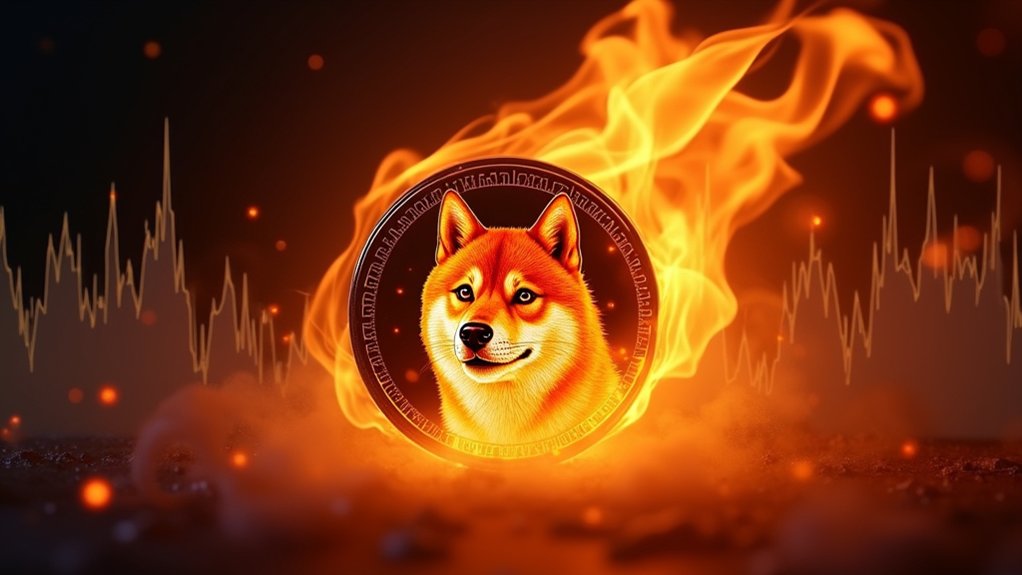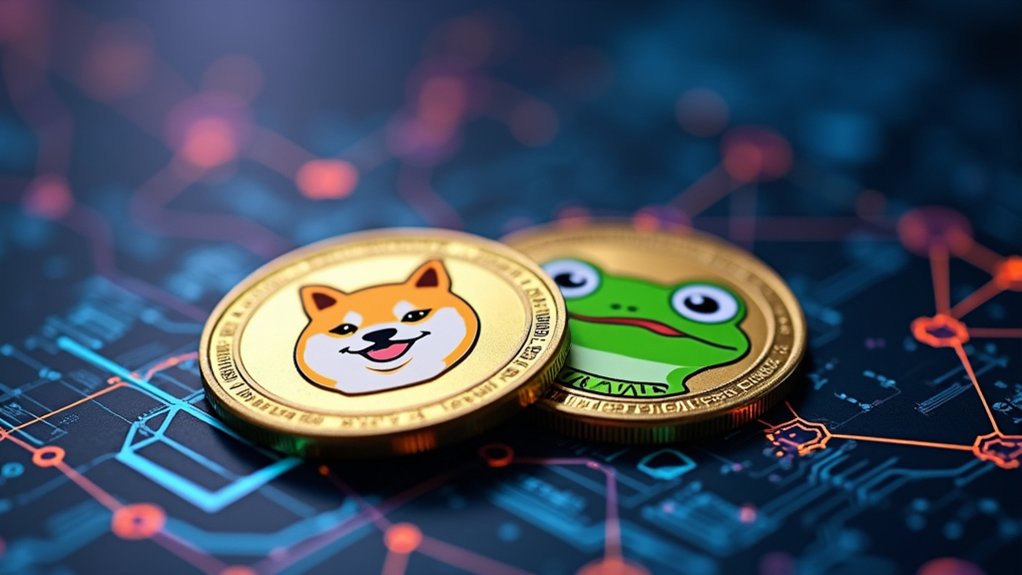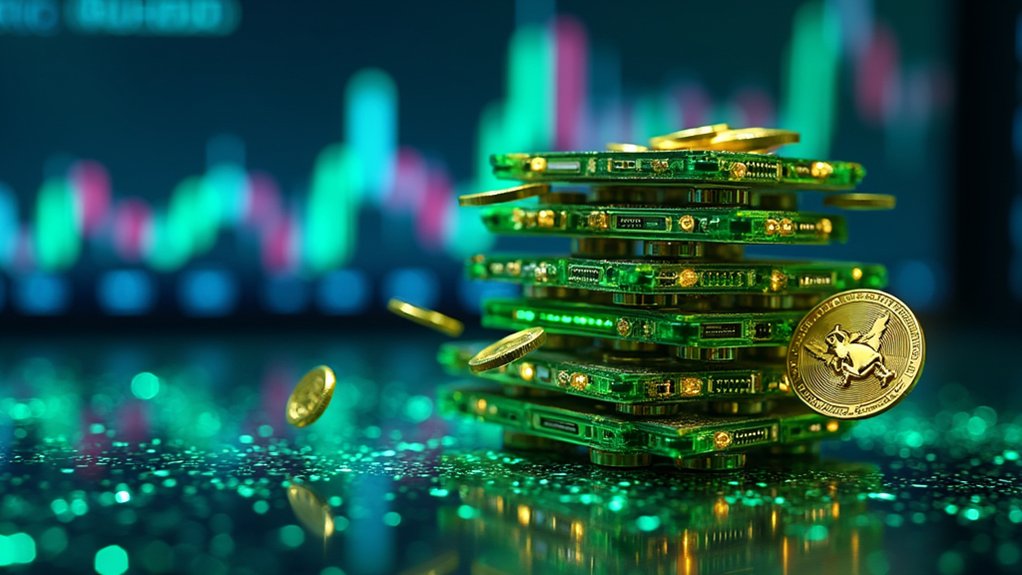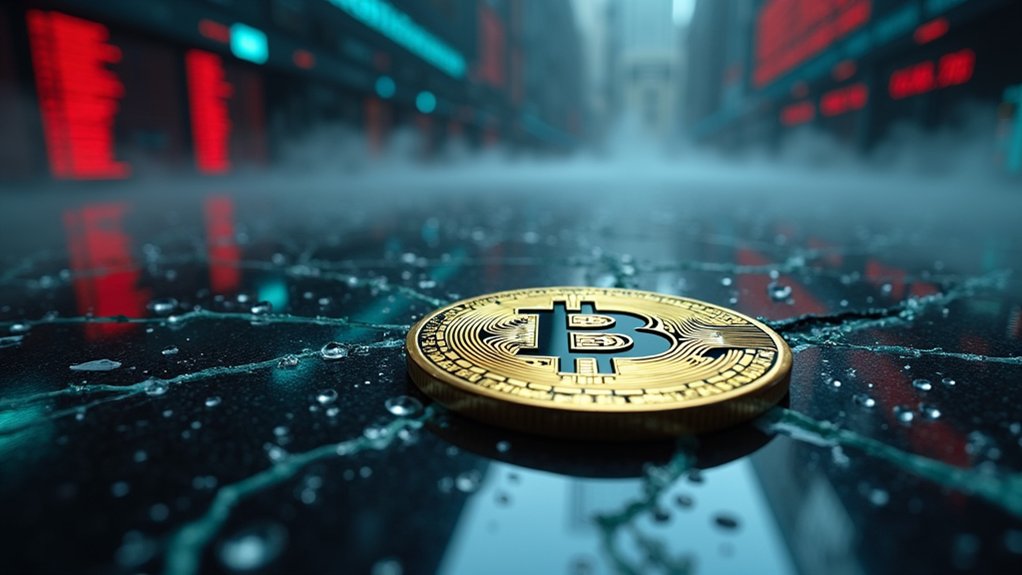A seismic but fleeting spike in Shiba Inu’s burn rate—an eye-popping 112,000% increase driven by a single colossal transfer—barely masks the token’s deeper malaise, exposing the fallacy that sporadic whale theatrics can meaningfully recalibrate a market mired in bearish inertia and technical deterioration. Tokenomics analysis reveals this burn frenzy, clocking at 102 million SHIB tokens incinerated in one day, owes its existence not to organic, community-driven momentum but to the capricious whim of one user who offloaded an outsized 97.5 million coins to a burn address. This outsized act, while headline-grabbing, represents a statistical aberration rather than a sustainable deflationary mechanism, underscoring the dissonance between ostensible community engagement and the harsh realities of SHIB’s stagnating burn cadence. Recent community efforts, including the automated token burn mechanism on Shibarium where 70% of fees are burned, highlight the ecosystem’s push for more consistent supply reduction through automated burns. Businesses adopting cryptocurrency must remain vigilant about tax implications arising from fluctuating asset values in such volatile environments.
Peeling back the layers of this burn spectacle uncovers a broader pattern: daily burn rates plummet precipitously once the spotlight dims, with recent figures collapsing by nearly 98% immediately after this artificial spike. Such volatility in burning activity not only undermines SHIB’s deflationary ambitions but also highlights the precariousness of relying on whales and episodic community stunts to prop up token value. The community itself remains divided, oscillating between hopeful anticipation of renewed burn surges and mounting skepticism over inadequate deflationary pressure to arrest price declines.
Concurrently, technical indicators paint an unflattering portrait: SHIB’s price languishes below its 50-day moving average at $0.00001476, RSI stubbornly sits beneath 50, and the Relative Vigor Index signals continued bearish momentum, collectively signaling that no amount of isolated burn theatrics can reverse the prevailing downtrend. Furthermore, the whale-held SHIB supply has decreased from 736 trillion in March to 710 trillion, indicating increased selling pressure from large holders whale sell-off. In this light, Shiba Inu’s tokenomics narrative demands a rigorous reassessment, rejecting the illusion that grandiose, one-off burns substitute for consistent, strategic community engagement and robust, systemic deflationary policies.









